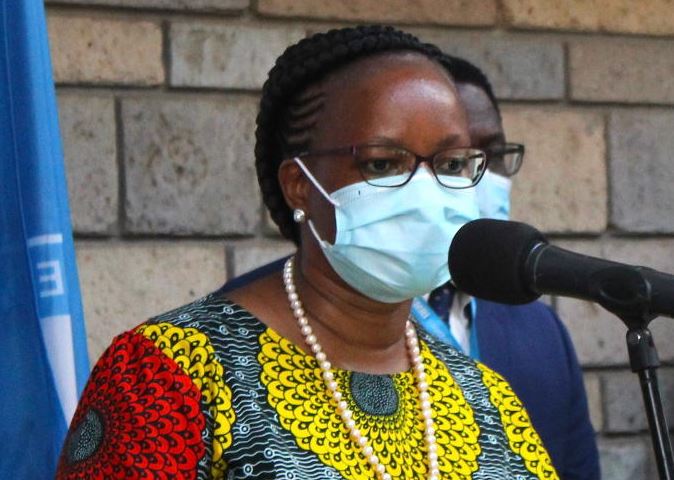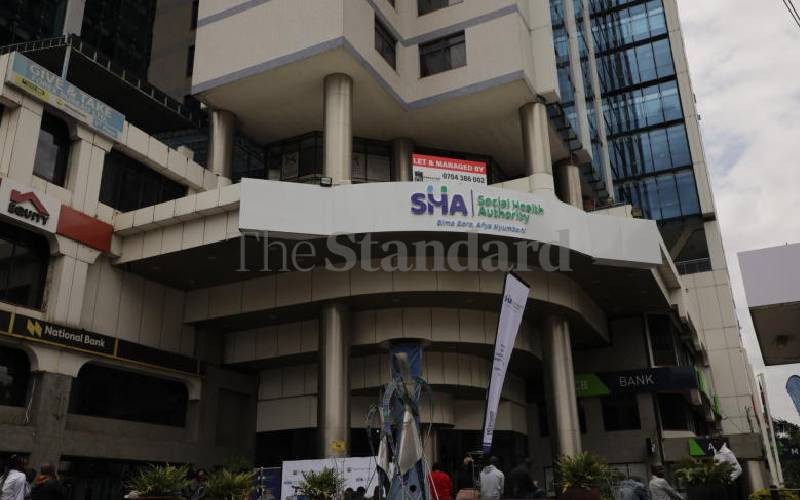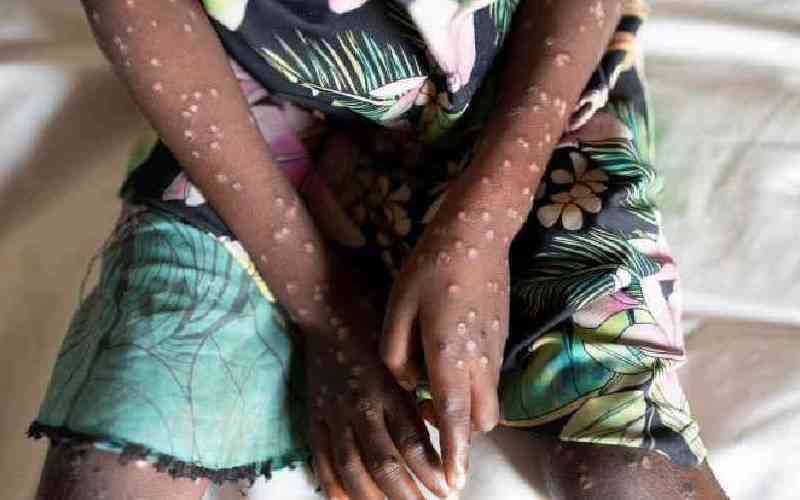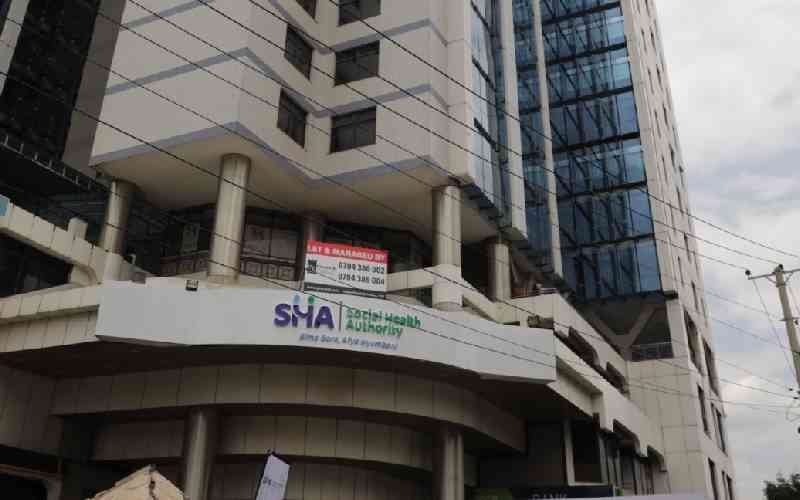
Health PS Susan Mochache. [Emmanuel Mochoge, Standard]
Kenya could require Sh45 billion annually to procure Anti-Retroviral (ARVs) medicines and other commodities.
According to a report on HIV prevalence in both National and County governments, Sh20 billion and Sh2.4 billion is required to buy the drugs for women and children respectively.
The burden of HIV among women and girls goes beyond their medications to other issues such as stigma and discrimination, cultural dis-inheritance, and gender-based violence.
While over the years this challenge has been driven by biomedical, structural and behavioral issues, the Ministry of Health says there is no other sub-population that has been impacted by the emergence of COVID-19 pandemic like young girls.
By the end of 2020, close to 900,000 girls and women aged 15-24 were living with HIV, the report released in Kisii County revealed.
HIV remains an engendered issue for women and girls in the country.
Kenya has made significant progress, but not enough to stop the infections especially among children, girls and women.
More than 150,000 of women living with HIV are from the Migori, Homabay, Nyamira and Kisii counties.
Speaking on Tuesday while meeting women leaders from Kisii, Nyamira, Homabay and Migori, Ministry of Health Principal Secretary Sarah Mochache said, HIV remains both a public health and social issue that requires political solutions.
“Counties have put in place plans that will allow us to break the cycle of new HIV infections and ensure all those infected are on medication. We are witnessing dwindling donor resources on this agenda after the re-classification of Kenya as a middle-income country.”
According to Mochache, the Health Ministry has embarked on a dialogue towards self-reliance to ensure that the country can allocate sufficient domestic resources to provide commodities for life-long treatment.
“At the centre of the journey towards self-reliance, is the cushioning of the many women and girls living with HIV against being disproportionately affected by over-reliance of donor funding that remains unpredictable in line with the universal health coverage.”
The PS said Kenya has witnessed an increase in reports of teenage pregnancies and gender-based violence during the Covid-19 pandemic.
Medical experts argue that each teenage pregnancy serves as a proxy for potential HIV and STI infection through unprotected sex, which threatens to erode gains made in the response.
However, the Ministry of Health is keen not to drop the ball of stemming the numbers of new HIV infections to make the response sustainable.
The plan involves safeguarding national institutions that have ensured that the HIV response remains one of the best in Africa.
Kenya has invested in an integrated supply chain system through KEMSA, which has a vibrant multi-sectoral response led by the National AIDS Control Council (NACC) and a technical support system under the National STIs and Control Programme.
These institutions are working to support county-level efforts to address the HIV response.
NACC chairperson Angeline Siparo added the country can accelerate progress towards a Kenya-free of HIV infections, stigma and AIDS-related deaths for the next five years.
“It is these joint efforts that will move us closer to ending AIDS by 2030.”
Kisii Governor James Ongwae noted: “HIV and AIDS disproportionately affects women and girls and as counties we have retreated to write the second County AIDS Implementation Plans (CAIP).”
Ongwae said that the sensitisation drive towards prevention of HIV-AIDS and mitigation efforts will cut across the region to effectively help clamp down on the malady, through a common approach.
Kisii County has an HIV prevalence of 4.9 per cent with an estimated 41,408 People Living with HIV (adults- 39,292 and 2,359 children).
It recorded 1,566 new infections with 469 deaths in 2020.
 The Standard Group Plc is a multi-media organization with investments in media platforms spanning newspaper print
operations, television, radio broadcasting, digital and online services. The Standard Group is recognized as a
leading multi-media house in Kenya with a key influence in matters of national and international interest.
The Standard Group Plc is a multi-media organization with investments in media platforms spanning newspaper print
operations, television, radio broadcasting, digital and online services. The Standard Group is recognized as a
leading multi-media house in Kenya with a key influence in matters of national and international interest.











